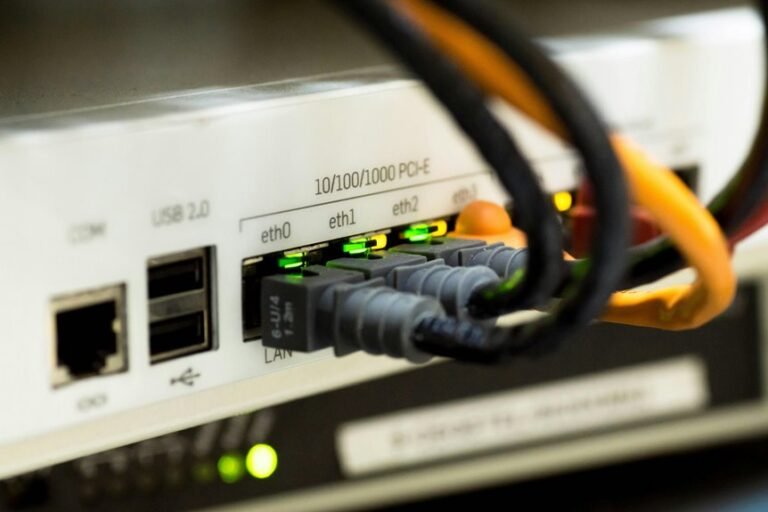Understanding 470-450-3126 in Network Infrastructure
The 470-450-3126 framework plays a crucial role in optimizing network infrastructure. Its integration of various protocols enhances communication efficiency among devices. Additionally, this framework supports robust security measures through customizable configurations. Organizations can monitor performance in real time, addressing demands proactively. However, understanding the intricacies of its key components and best practices for implementation is essential for maximizing its benefits. The implications of this knowledge extend beyond immediate performance enhancements.
The Significance of 470-450-3126 in Network Management
The significance of the 470-450-3126 designation within network management cannot be understated.
This framework facilitates network optimization and enhances performance monitoring, crucial for maintaining efficient, scalable infrastructures. By implementing this designation, organizations can achieve greater visibility into their network operations, allowing for proactive adjustments.
Consequently, they can ensure optimal performance levels while promoting a culture of technological freedom and innovation.
Key Components and Functionality of 470-450-3126
Key components of the 470-450-3126 framework serve as the backbone of effective network infrastructure management.
This framework integrates various network protocols to facilitate seamless communication across devices. Additionally, it allows for customizable configuration settings, enabling network administrators to optimize performance and enhance security.
Best Practices for Implementing 470-450-3126 in Your Infrastructure
Implementing 470-450-3126 in network infrastructure requires meticulous planning and adherence to established best practices to ensure optimal performance and security.
Prioritizing network security through robust encryption protocols and access controls is essential.
Additionally, continuous performance optimization can be achieved by monitoring traffic patterns and adjusting configurations accordingly.
Regular audits and updates will further enhance resilience, ensuring a secure, efficient network environment.
Conclusion
In conclusion, the integration of 470-450-3126 within network infrastructure acts as a robust backbone, akin to a well-oiled machine, ensuring seamless communication and optimal performance. By adopting best practices such as encryption and access controls, organizations can fortify their networks, transforming vulnerabilities into resilient fortresses. As the digital landscape continues to evolve, the strategic implementation of this framework will illuminate pathways to reliability and efficiency, guiding enterprises toward sustained technological success amid a complex networked world.






